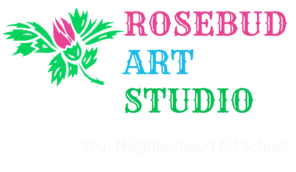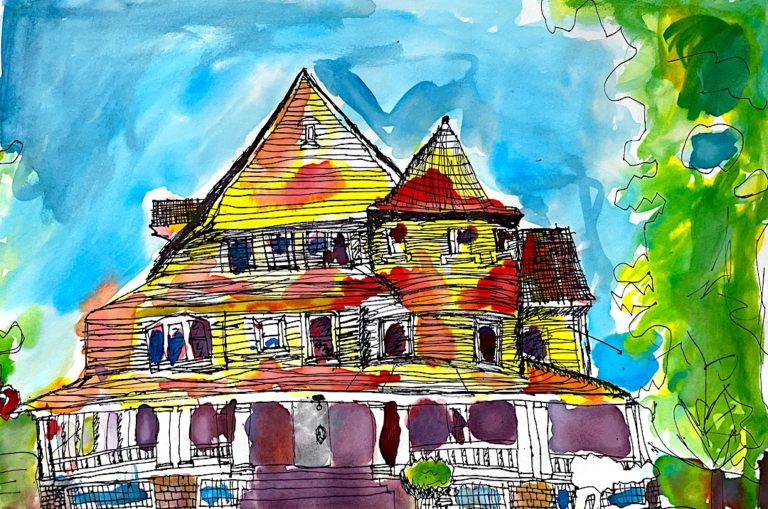
Private Online Classes



Ebony Pencil, Charcoal Pencil, White Charcoal Pencil, Graphite Stick, Compressed Charcoal
An Ebony Pencil is a fine tool for beginners to realize line, form, shape and gradation. The Drawing – 1 Crash Course begins with this medium. An Ebony Pencil is a linear tool that graciously allows a student to build their confidence in acquiring drawing skills. Learning to draw a still-life object using an Ebony Pencil benefits a student on many levels, challenging them to develop skills in proportion, composition, shading, gradation and highlight. Charcoal Pencil is the next medium in this crash course that further enhances the skills already acquired using an Ebony Pencil. Applying distinct levels of pencil pressure while shading, or while simply making a confident line, will be the primary learning goal for the student. Since the very tone of Charcoal is dark, maneuvering the medium through the entire drawing activity demands expert guidance. Following this module, students will use White Charcoal Pencil on black paper; the technique itself is the reverse of what was learned using previous drawing tools but demands fresh skills. Students learn to draw the negative side of an object while remaining vigilant in their observation of light and its gradation, rather than darkness, shade, or depth. These critical skills in negotiating light and dark must be mastered before students move onto more challenging, larger implements like the Graphite Stick and Compressed Charcoal. Though these tools are more forgiving than the Pencils, gaining the dexterity to successfully utilize them requires professional guidance.
The class will progress from still life object study to model study.
Course duration: 10 classes – 2 hours per class / 2 classes per medium.
Material list and Zoom video link will be provided after registration.
Monday
9.00 AM to 11.00 AM
7.00 PM to 9.00 PM
Saturday
9.00 AM to 11.00 AM
Course Fee: $1300/-
Rolling admissions
Register and send a message for the preferred timing.

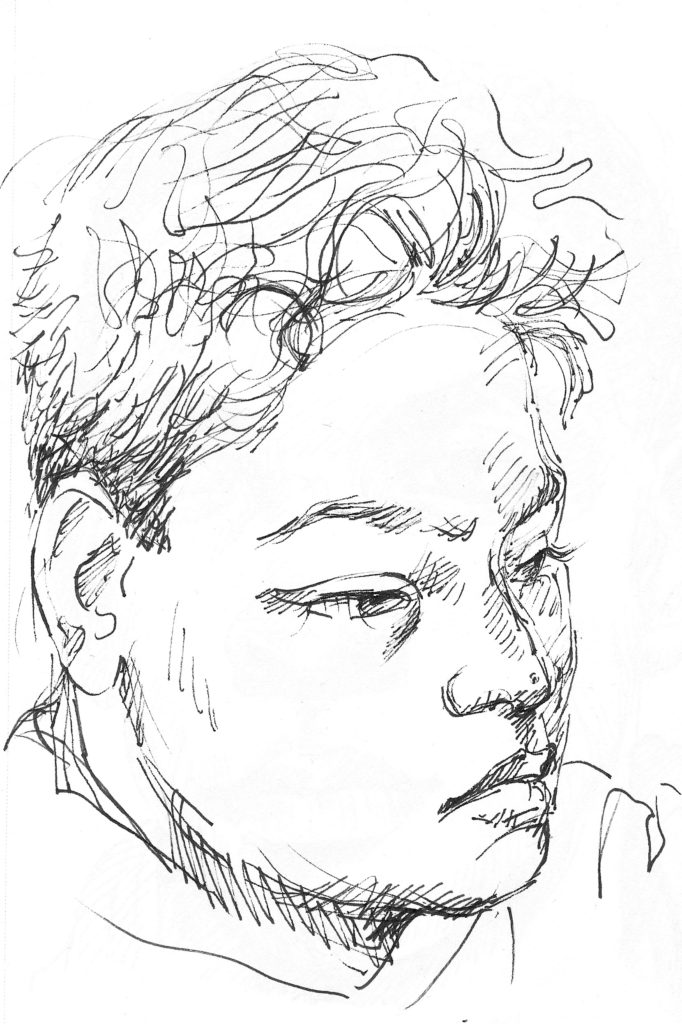
Sepia Stick, Soft Pastel, Oil Pastel, Artist Pen, Dry Brush
Sepia Stick is a medium that was often used by the great masters, and it will thus be the first drawing tool of the Drawing 2 – Crash Course. Its technique is akin to using the Graphite Stick or Compressed Charcoal, but due to the sepia hue, which is a middle tone, achieving dark to light tonal gradation is a challenge. Understanding the phenomenon of chiaroscuro through the Sepia Stick requires training and conscientious development of control and skill. With working knowledge of this material, a student will then find Soft Pastels and Oil Pastels easy to use. Though both mediums achieve different results when applied, they serve to build the same basis of color knowledge in the student. Following the use of the solidified pigments offered by the Sepia Stick and the pastels, the Artist Pen is the next medium used in the drawing syllabus. An Artist Pen is a gateway to realizing any form, shape or idea, providing exceptional freedom to the skilled user. There is a reason why Pen drawing has long been the primary medium for illustrators and graphic designers – studying Pen drawing techniques will help students build a methodical knowledge of lines, forms, shapes and gradation, all with a known yet challenging implement. Your knowledge of the seemingly simple ‘line’ will expand, following explorations into thin, thick, strong, weak, swirled, and zigzag lines. Employing such familiar modes in the context of still-life and live model drawing demands training. The Drawing – 2 Crash Course is designed to use these lines in achieving a gradation scale and in the process build a shape and form, or to properly construct a figure using light and shade. The final medium in this Drawing – 2 Crash Course is the Dry Brush. This method of drawing is used by artists when they create preliminary drawings for larger canvas paintings. Artists typically use oil paint and a hog-hair brush to realize these drawings. In our course, we will take this oil paint and brush technique further by developing the medium into a primary drawing tool. Starting from a sepia tone, the dry brush technique moves towards multiple colors and finally ends with black. Students will explore this medium over paper or canvas.
The class will progress from Still life object study to model study.
Course duration: 10 classes – 2 hours per class / 2 classes per medium.
Material list and Zoom video link will be provided after registration.
Tuesday
9.00 AM to 11.00 AM
7.00 PM to 9.00 PM
Saturday
12.00 PM to 2.00 PM
Course Fee: $1300/-
Rolling admissions
Register and send a message for the preferred timing.
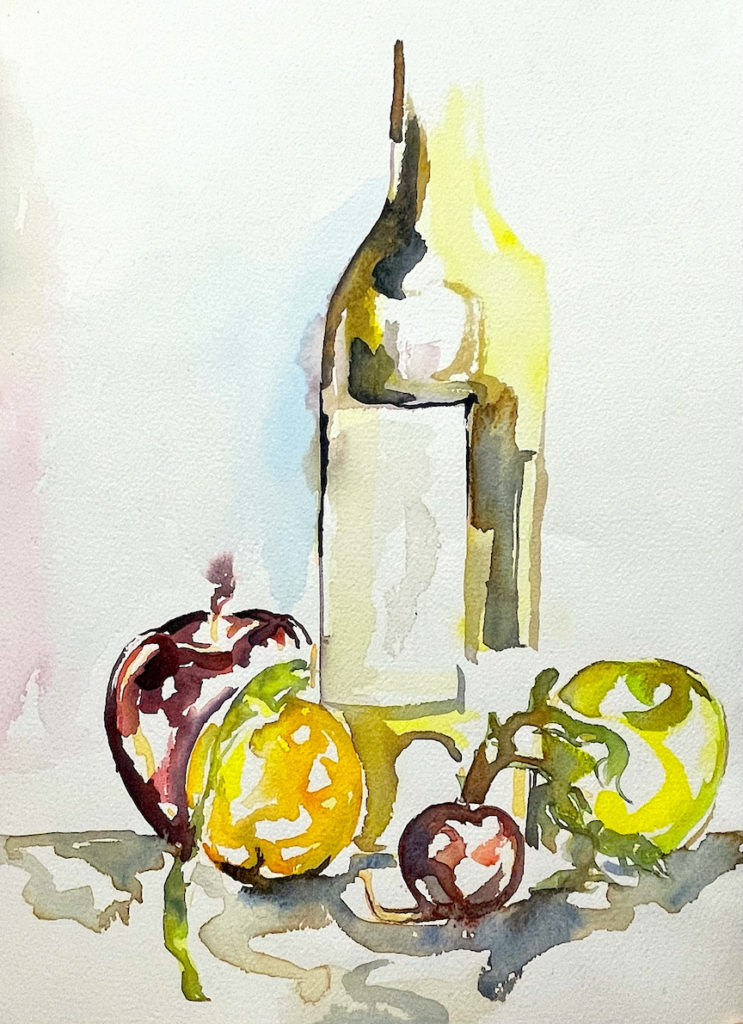



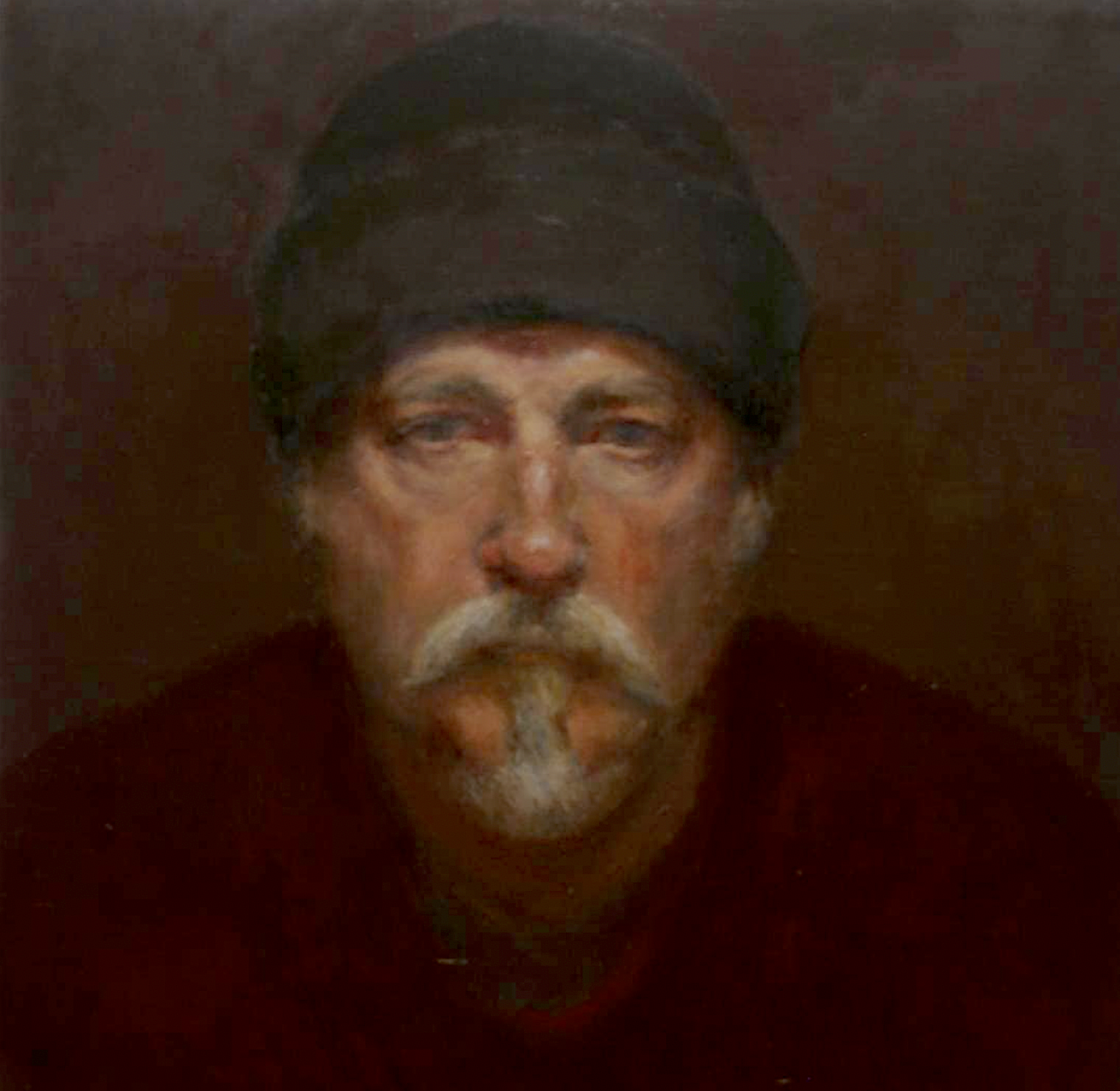
Watercolor – Traditional
Watercolor is traditionally considered the most difficult painting medium, since the process requires quick rendering skills. At Rosebud Art Studio, we have developed a technique that stems from Chinese watercolor painting techniques – this novel approach allows the student to paint in layers without waiting for every layer to dry before applying the next.
The Watercolor course has three practical components:
Component – 1 – Still life painting,
Component – 2 – Portrait painting,
Component – 3 – Landscape painting (using photographic reference).
Course duration: 10 classes – 2 hours per class
Material list and Zoom video link will be provided after registration.
Wednesday
9.00 AM to 11.00 AM
Saturday
4.00 PM to 6.00 PM
Course Fee: $1300/-
Rolling admissions
Register and send a message for the preferred timing.
Watercolor & Pen
Watercolor as a medium for illustration also involves the Artist Pen, which is a complementary material that enhances the visual effect of the watercolor creation. At Rosebud Art Studio, we seamlessly incorporate the Pen into our students’ watercolor projects, elevating them to a professional level. The course will begin with Pen drawing lessons, and then adsorb the watercolor medium into the art making process. The amalgamation of these two mediums will bring further complexity, brightness and professionalism to the resulting art works, since the combined possibilities of both mediums typically aid the student in achieving highly sophisticated results.
The Watercolor and Pen course at Rosebud Art Studio has three practical components – Component – 1 – Still life Pen Drawing and Watercolor Painting,
Component – 2 – Portrait Pen Drawing and Watercolor Painting,
Component – 3 – Landscape Pen Drawing and Watercolor Painting (using photographic reference).
Course duration: 10 classes – 2 hours per class
Material list and Zoom video link will be provided after registration.
Wednesday
12.00 PM to 2.00 PM
7.00 PM to 9.00 PM
Saturday
7.00 PM to 9.00 PM
Course Fee: $1300/-
Rolling admissions
Register and send a message for the preferred timing.
Acrylic Painting
Acrylic Painting is a dramatic medium that shares some of the characteristics of watercolor painting and oil painting. Since Acrylic Painting is a water-based medium, when diluted with water it can be used as a transparent entity over paper or canvas. It can also be used as an opaque medium like oil paint when applied in layers. At Rosebud Art Studio we will guide the students in both the techniques: transparent and opaque.
The Acrylic Painting course at Rosebud Art Studio has four practical components-
Component – 1 – Still life painting,
Component – 2 – Portrait painting,
Component – 3 – Landscape painting.
Component – 4 – Creative Composition – The student will be guided to incorporate their still life, portrait and the landscape to form a creative composition over a canvas.
Course duration: 15 classes – 2 hours per class
Material list and Zoom video link will be provided after registration.
Thursday
9.00 AM to 11.00 AM
Sunday
9.00 AM to 11.00 AM
Course Fee: $1950/-
Rolling admissions
Register and send a message for the preferred timing.
Oil Painting
Oil Painting is an old, well-known medium of art making, but Oil Painting techniques differ from culture to culture, period to period and art movement to art movement. The Early Renaissance painters and the early Netherlandish painters looked for realistic tonalities. The Baroque and the Rococo painters promoted their highly distinct and stylized approaches. After the neoclassical painters of Europe, the Impressionists took oil painting outdoors and famously used impasto techniques to convey their subjective understanding of nature. The Post-Impressionists were largely colorists, and important forerunners of the explosive expressionists and their seminal oil techniques. At Rosebud Art Studio, we will teach these Classical Oil Painting techniques and guide students through spontaneous expressionist modes.
Oil Painting course at Rosebud Art Studio has four practical components –
Component – 1 – Still life painting,
Component – 2 – Portrait painting,
Component – 3 – Landscape painting.
Component – 4 – Creative Composition – The student will be guided to incorporate the still life, portrait and the landscape to form a creative composition over a canvas.
Course duration: 15 classes – 2 hours per class.
Material list and Zoom video link will be provided after registration.
Thursday
12.00 PM to 2.00 PM
7 PM to 9 PM
Sunday
12 PM to 2 PM
Course Fee: $1950/-
Rolling admissions
Register and send a message for the preferred timing.
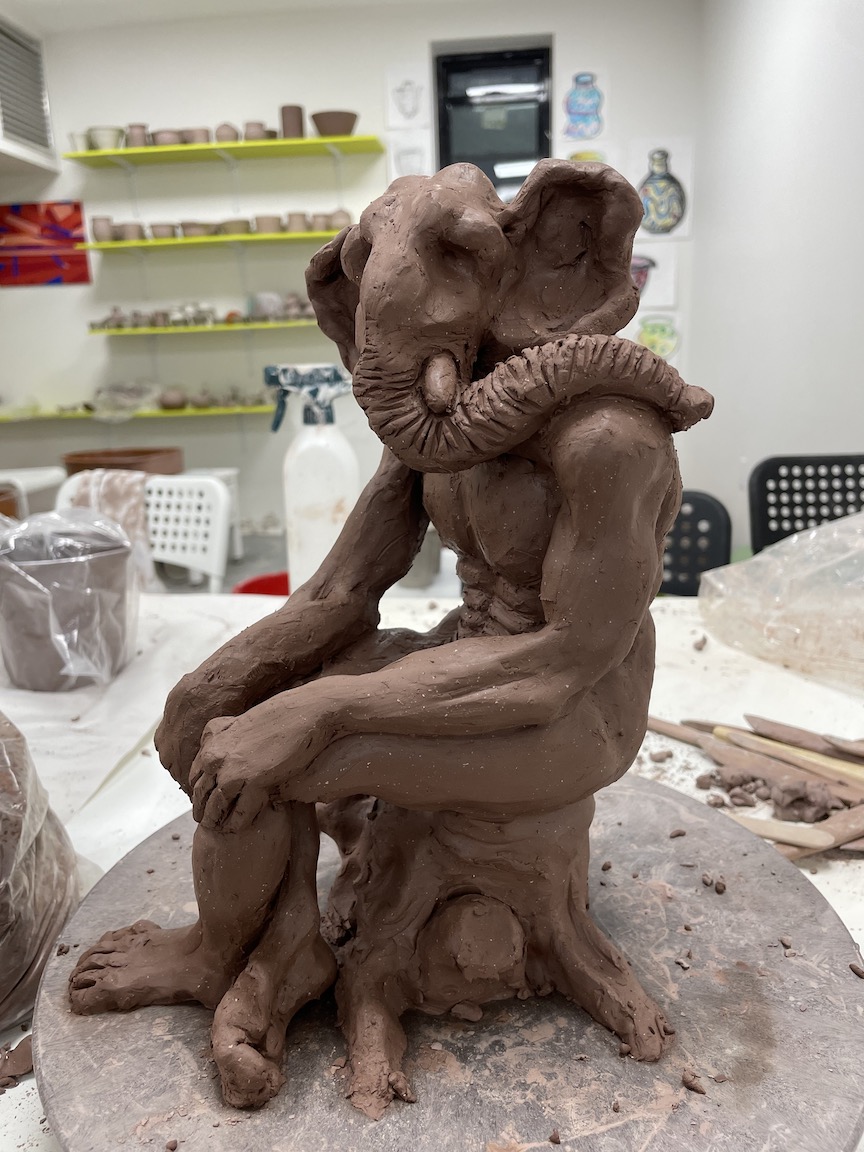
Rosebud Art Studio will guide the students in modules that include Portraiture and Full Figure creation.
The online sculpture course at Rosebud Art Studio has three practical components –
Component – 1 – Portraiture,
Component – 2 – Full Figure,
Component – 3 – Creative Sculpture,
Course duration: 10 classes – 2 hours per class.
Material list and Zoom video link will be provided after registration.
Friday
9 AM to 11 AM
Sunday
4 PM to 6 PM
Course Fee: $1300/-
Rolling admissions
Register and send a message for the preferred timing.
